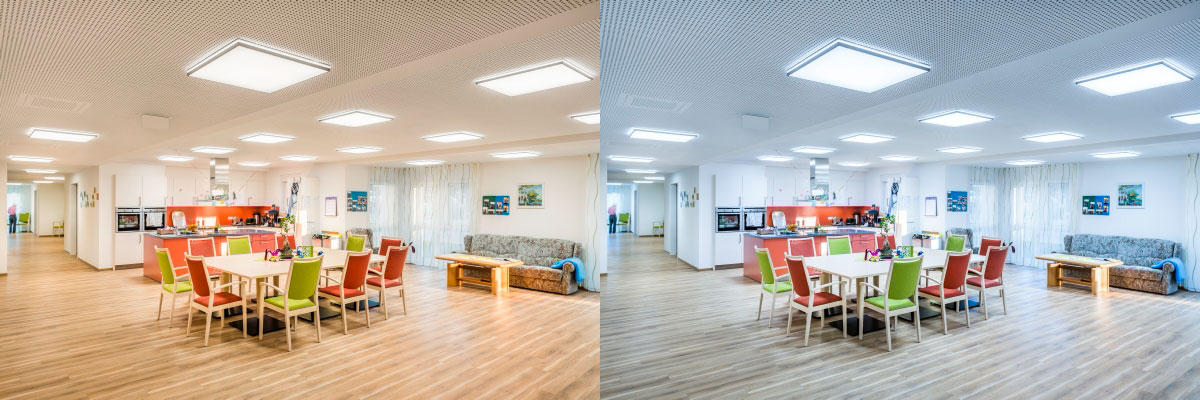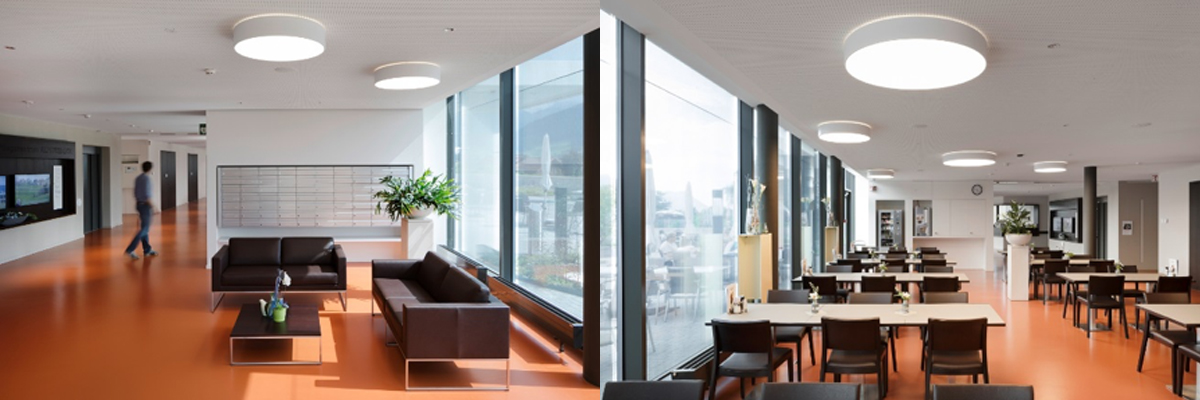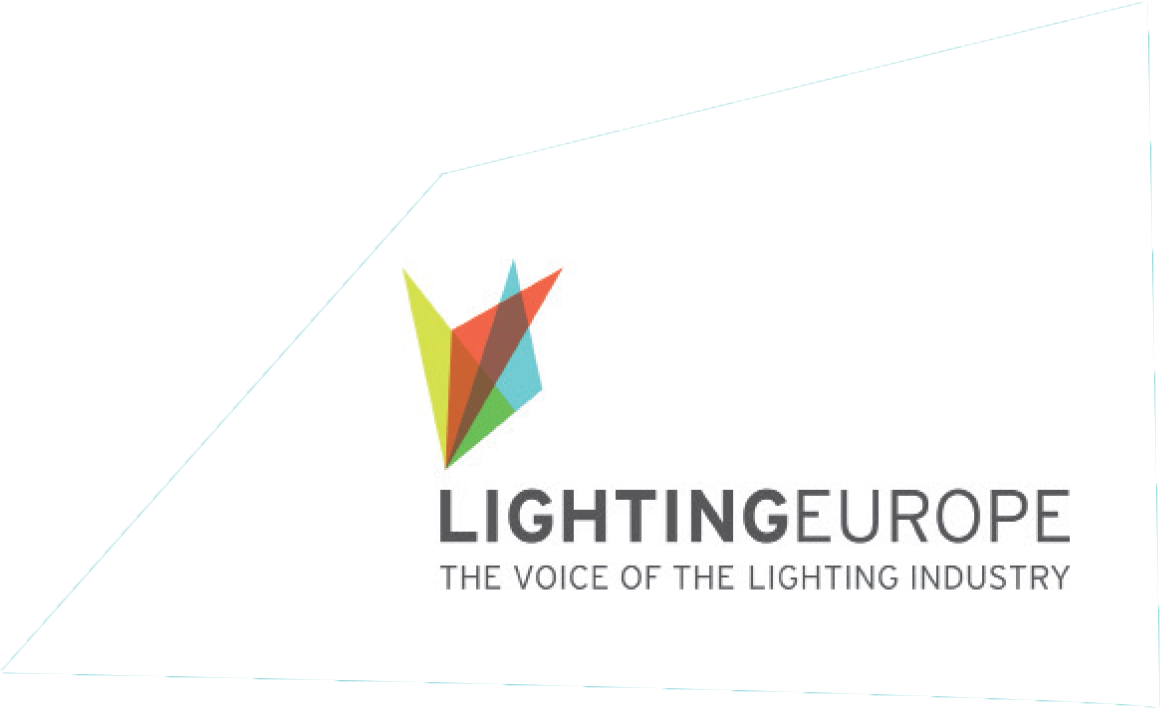


To date, the designs of lighting systems in nursing homes are made to support visual acuity for staff and to minimise hazards such as staircases. However, to obtain proper visual sharpness and better contrast people of older age require heightened light levels due to an age-related reduction in visual capability. Furthermore, the nursing home environments are often purpose-made for hygiene, cleanliness and safety and ignore that light sources produce substantial glare due to shiny floors/surfaces and that inappropriate light at night disrupts not only sleep but also the timing of the body clock, with negative consequences for cognition, emotions and wellbeing. Properties of current lighting systems are inflexible and not designed to take non-image forming effects of light into account for patients or older people’s wellbeing in hospitals or nursing homes.
In addition to meeting the age-related demands with increased illumination, aspects of light’s non-image forming effects on mood, cognition, alertness, sleep and internal rhythms, can and should be implemented in future designs of healthcare buildings. In particular, those of daylight exposure and dynamic lighting systems need to be considered. Ideally, building and indoor designers need to consider the direction of natural light, glass structures and proportions of window surfaces to allow maximising natural light exposure. Special lighting solutions for individual rooms with different purposes (recovery or emergency rooms in a hospital, bed rooms or day-activity rooms in nursing homes), should be programmed to be remotely user-tuneable by staff, patient, resident or carer. Being in control of the environment increases independence, confidence and a positive attitude in individuals that is beneficial for the mood and any healing process.
Conclusion: Older people need more light to secure proper visual performance. Being in control of the environment increases independence, confidence and a positive attitude in individuals that is beneficial for the mood and any healing process.
In the Annemarie-Griesinger-House, people with dementia, younger individuals with care requirements as well as single senior citizens are living under one roof in flat-sharing communities

Alpsteeblick provides a home and community for people in need of care and help in their twilight years.



The positive effects of good lighting are essential to the comfort and well-being of patients in nursing homes.
Light particularly affects the sleep of elderly people. Good lighting decreases the need for short naps during the day, meaning older people feel less stressed and more active.